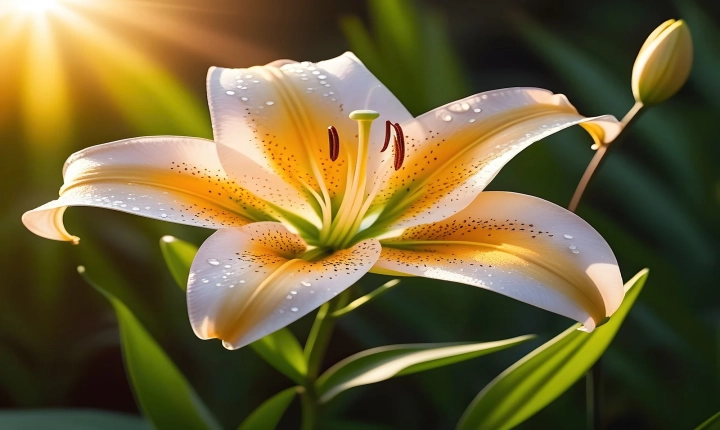AI Art: Exploring the Intersection of Creativity and Technology
Artificial Intelligence (AI) has been making waves in the art world, with a growing number of artists and technologists exploring how AI can be used to create new and innovative forms of art. This trend has given rise to a burgeoning field known as AI art, which encompasses a wide range of artistic practices that leverage the capabilities of machine learning and other AI technologies.
One of the most fascinating aspects of AI art is the way in which it challenges traditional notions of creativity and authorship. In the past, the act of creating art has been seen as an inherently human endeavor, requiring the unique sensibilities and skills of individual artists. However, AI art challenges this view by demonstrating that machines can also be capable of producing compelling and thought-provoking artistic works.
One of the most compelling examples of AI art is the use of generative adversarial networks (GANs) to produce original artworks. GANs are a type of neural network that consists of two components, a generator and a discriminator, which work together to create new content. Artists and researchers have been using GANs to generate everything from original paintings to digital sculptures, pushing the boundaries of what is possible in the realm of artistic creation.
Another area of exploration in AI art is the use of machine learning algorithms to analyze and interpret existing works of art. Some artists are using these algorithms to uncover hidden patterns and meanings in classic artworks, while others are using them to generate new interpretations of famous pieces. This approach has the potential to shed new light on the artistic canon and challenge conventional understandings of art history.
Additionally, AI art has also been used to create interactive and immersive experiences that engage viewers in new and compelling ways. For example, some artists are using AI to create responsive installations that change and evolve based on the movements and interactions of the audience. This has the potential to create a more dynamic and participatory form of artistic engagement, blurring the lines between creator and spectator.
Despite the exciting possibilities of AI art, there are also important ethical and philosophical questions that it raises. For example, as AI becomes increasingly capable of producing sophisticated artworks, what is the role of the human artist? How do we attribute authorship and value to works created by machines? These questions are being hotly debated, reflecting the broader societal impact of AI on various fields, including art.
As AI continues to advance, the world of AI art is likely to grow and evolve, presenting new opportunities and challenges for artists, technologists, and audiences alike. Whether it’s through the creation of entirely new forms of art, the reinterpretation of existing works, or the development of interactive experiences, AI has the potential to redefine the artistic landscape in profound and unexpected ways.
In conclusion, AI art represents a fascinating convergence of creativity and technology, opening up new possibilities for artistic expression and challenging traditional notions of what it means to create and appreciate art. As we continue to explore the potential of AI in the realm of art, we are likely to see exciting new developments that push the boundaries of what is possible in the world of creative expression.
